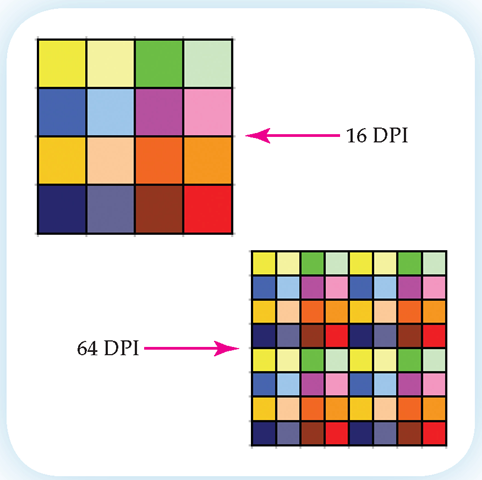
Gets the height, in pixels, of this Image. Gets an array of GUIDs that represent the dimensions of frames within this Image. Gets attribute flags for the pixel data of this Image. Initializes a new instance of the Bitmap class from a specified resource. Initializes a new instance of the Bitmap class from the specified file. Initializes a new instance of the Bitmap class from the specified data stream. Initializes a new instance of the Bitmap class with the specified size and format. Initializes a new instance of the Bitmap class with the specified size, pixel format, and pixel data. Initializes a new instance of the Bitmap class with the specified size and with the resolution of the specified Graphics object.īitmap(Int32, Int32, Int32, PixelFormat, IntPtr) Initializes a new instance of the Bitmap class with the specified size. Initializes a new instance of the Bitmap class from the specified existing image, scaled to the specified size. Initializes a new instance of the Bitmap class from the specified existing image. Remoting cannot find field "native image" on type "". However, if you call the DrawImage method to draw the marshaled Bitmap, you receive the following exception: For example, if you create a dynamic AppDomain and create several brushes, pens, and bitmaps in that domain, then pass these objects back to the main application domain, you can successfully use the pens and brushes. The Bitmap class is not accessible across application domains. For a list of topics about working with image files, see Working with Images, Bitmaps, Icons, and Metafiles. Images are drawn to the screen or to memory by using the DrawImage method of the Graphics object. You can create images from files, streams, and other sources by using one of the Bitmap constructors and save them to a stream or to the file system with the Save method. For more information about supported formats, see Types of Bitmaps. GDI+ supports the following file formats: BMP, GIF, EXIF, JPG, PNG, and TIFF. There are many standard formats for saving a bitmap to a file.
Label1.Text = "Pixel format: " + ()Ī bitmap consists of the pixel data for a graphics image and its attributes. ' Set the PictureBox to display the image. ' Loop through the images pixels to reset color.ĭim pixelColor As Color = image1.GetPixel(x, y) "C:\Documents and Settings\All Users\Documents\My Music\music.bmp", _ Private Sub Button1_Click(ByVal sender As System.Object, _īyVal e As System.EventArgs) Handles Button1.Click Private void Button1_Click(System.Object sender, System.EventArgs e)Ĭolor pixelColor = image1.GetPixel(x, y) Ĭolor newColor = Color.FromArgb(pixelColor.R, 0, 0) Label1->Text = String::Format( "Pixel format: ", image1->PixelFormat ) Set the PictureBox to display the image. Loop through the images pixels to reset color.Ĭolor pixelColor = image1->GetPixel( x, y ) Ĭolor newColor = Color::FromArgb( pixelColor.R, 0, 0 ) Image1 = gcnew Bitmap( "C:\\Documents and Settings\\All Users\\" Void Button1_Click( System::Object^ /*sender*/, System::EventArgs^ /*e*/ )


#Bitmap graphics examples code
Paste the code into the form and associate the Button1_Click method with the button's Click event.
#Bitmap graphics examples windows
This example is designed to be used with a Windows Forms that contains a Label, PictureBox, and Button named Label1, PictureBox1, and Button1, respectively. It also uses the PixelFormat, Width, and Height properties.
#Bitmap graphics examples how to
The following code example demonstrates how to construct a new Bitmap from a file, using the GetPixel and SetPixel methods to recolor the image. SerializableAttribute ComVisibleAttribute Examples


 0 kommentar(er)
0 kommentar(er)
